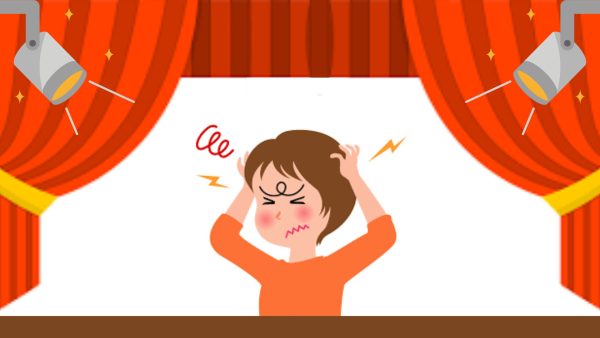‘The Theory of Everything’ has everything but theory
The question of how the universe came to be has interested the human race since its own beginning. It especially caught the interest of Stephen Hawking. Hawking’s knowledge was vast and growing which mirrored a bright future ahead, beginning with his doctoral work on the theory of time. During his research he was unexpectedly diagnosed with amyotrophic lateral sclerosis disease (ALS). Although sick, Hawking retained his intelligence. He made great scientific discoveries, wrote best-selling books, and searched for a grand universal theory. He accomplished all this with an almost paralyzed body and the inability to speak.
Based on this true story, The Theory of Everything tells how Hawking inspired the world despite his crippling disease. The film is clearly meant to be inspirational, yet often lacks that tone. Although it shows the constant struggle Hawking went through, too much focus is placed on his wife, Jane. The ending was the only truly inspirational scene, leaving the audience with a pleasant feeling.
The previews paint the film as a romance for the ages. However, that image is inaccurate: Theory is not exactly a Nicholas Sparks film. The movie begins by introducing the two characters, Stephen (Eddie Redmayne) and Jane (Felicity Jones) and how they meet and fall in love. Soon afterward, Stephen receives the news of his disease. Although the movie seems to be a love film, it actually depicts the relationship of the two and how and how they handle each new situation.
Redmayne gives a genius performance as Hawking, by perfectly portraying the ravages of his character’s disease. In the movie, he acts just like any person with the disease would. In fact, before filming, Redmayne visited several motor neuron disease patients and their families to get a feel for what it was like. This intensive research shows in a realistic performance. He moves like a diseased patient, he shakes like one, he is practically one with the disease.
The road to success is controlled by a drive. Whether that drive is a force or an inner passion, is completely depending on the person. Hawking certainly had this passion throughout the movie but it was only at the very end when inspiration was felt.
Hawking’s brilliance, although conveyed in the film, should have been emphasized rather than hidden behind the story of his wife. The troubling part of the journey was watching the wife in pain. For a man who possessed such genius and overcame so much, he deserved more attention. In fact, today he is 72 and still continues his research in science; forever searching for the true theory of everything.

Natalie is currently a junior taking on her first year of journalism. She covers all news dealing with clubs and DECA. Natalie participates in volunteering...






